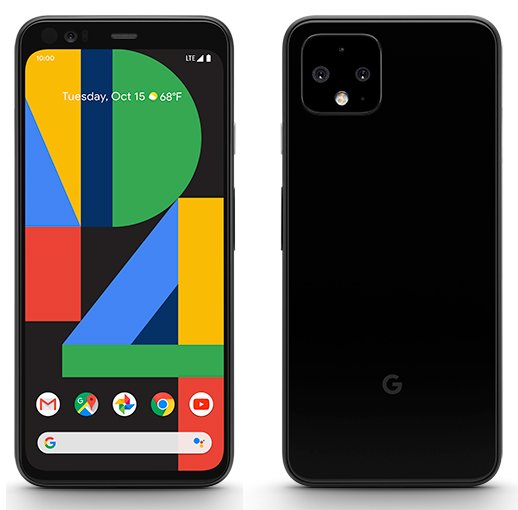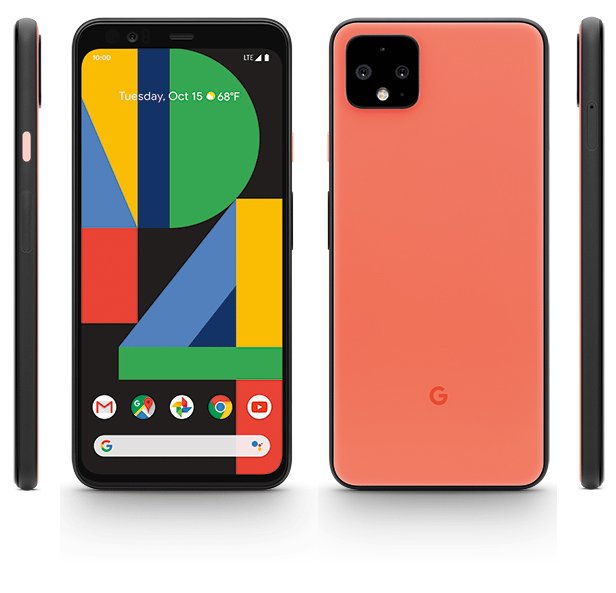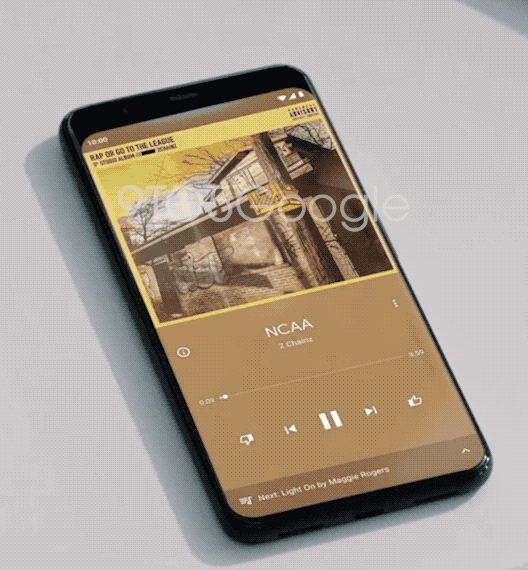5 Ways Pixel 4 Can Beat the iPhone 11
How Google can upstage Apple

The Pixel 4 is one of the last major smartphone releases of 2019 that we’re still waiting for. But when it does emerge at an event on Oct. 15, it will meet tough opposition in the form of the ever-threatening Samsung Galaxy S10 and Note 10 series, the cost-effective OnePlus 7T, and especially the new iPhone 11 series.
Apple have upped its game with the new iPhone’s cameras, processor and batteries, and while we still love the iPhone 11 — we think the iPhone 11 Pro Max is the best phone you can buy right now — it’s not unbeatable. And from what we’ve heard about the Pixel 4 through rumors, leaks and the occasional official announcement from Google, this could be the phone to do it.
Based on what we know about the iPhone 11, and what we know and what’s rumored about the Pixel 4, these are the reasons why the Pixel 4 could beat the iPhone.
A better zoom camera
While the new Pixel 4 is rumored to include two rear cameras, the iPhone 11 Pro now has three. But there is one area where the Pixel could have an unquestioned advantage.
The iPhone 11 Pro and Pro Max come with a 12MP 2x optical/10x hybrid zoom telephoto lens, which our tests have shown to be convincingly excellent. However, the Pixel 4 could feature a 16MP telephoto camera. The higher resolution is an obvious bonus, but what would help the Pixel land a clear hit is a higher magnification than 2x. We’ve seen up to 5x optical zoom on the Huawei P30 Pro and Oppo Reno 10x Zoom, and the OnePlus 7 Pro goes for 3x.
If Google goes for more than 2x optical zoom, and then combines it with its Super Res digital zoom ability from the Pixel 3, the Pixel 4 would be a force to be reckoned with when it comes to long-distance photography.
Night Sky photos and better action shots
The Pixel 4 might have something extra special in store for its upgraded Night Sight mode. Some of the sample images we’ve seen show off some night sky photography, which show that the low-light mode could prove a formidable opponent to Apple’s night mode.
Sign up to get the BEST of Tom's Guide direct to your inbox.
Get instant access to breaking news, the hottest reviews, great deals and helpful tips.

High-end phone cameras have been able to do slo-mo video for some time, but the Pixel 4, according to the rumors, will feature a new Motion Mode, designed for action shots. This will not only slow the action down so you can better appreciate whatever it is you’re filming, but it will artfully blur the background (like a bokeh portrait shot by the sounds) to help focus your attention. There isn’t an equivalent feature to this on the iPhone 11, although it does have standard slo-mo videography abilities, plus the more unique "slofies" feature (that's slow-motion selfies) on the front camera.
A completely unique-looking feature reportedly coming to the Pixel 4 is dual exposure, which allows users to tweak brightness and contrast easily via a pair of sliders in the camera window. This would give users a kind of creative control that Apple can’t match, at least not so easily.
On a base level, the Pixel 4 is meant to be operating with a Pixel Neural Core, which is assumed to be an upgraded Pixel Visual Core, the specialized microchip dedicated to photo processing. Apple may have an equivalent in Deep Fusion, its newly available computational photography system that uses multiple frames and machine learning to make standard-light images extra crisp, but considering how good the Pixel Visual Core already was, we can hope that Google's successor system is even better.
A 90Hz display
Leaked specs have shown that the Pixel 4 will feature a 90Hz Smooth Display, which beats all modern smartphones’ refresh rates other than the OnePlus 7T and 7 Pro and the Asus ROG Phone 2. These fast refreshing displays make scrolling through webpages and moving around the phone super enjoyable, even if it’s hard to understand unless you’ve seen one in action in front of you. Since the iPhone 11 still has a plain old 60Hz display on all three models, this will be a clear win for the Pixel 4.
MORE: Best Phones of 2019
No notch
It's debatable whether or not the lack of a notch is a benefit, but some users may well like it. After using a notch on the Pixel 3 XL, Google is likely to go back to the traditional top bezel on the Pixel 4 and Pixel 4 XL according to leaked renders. It’s a little out of fashion compared to the punch-hole or full displays with pop-up cameras which we’ve seen plenty of this year already, but if you’re really not into the notch, then the iPhone still won’t be for you, since it’s keeping this Apple design signature for at least another year.

Motion Sense
Since the iPhone X, Apple’s included a chunky notch at the top of its phones’ screens which contains an infra-red projector/sensor system that allows for face unlocking and other related features. Not only is the Pixel 4 going to be capable of similar things with its own facial recognition system, the newly reinstated bezel will include Motion Sense, which uses a Soli radar sensor to give users the ability to control the phone with air gestures.
Some of the gestures we’ve seen leaked allow you to silence alarms and ringtones, or skip tracks in music players while having the Pixel 4 lying flat in front of you. There’s a risk it’ll be an impractical gimmick, but this technology could surpass what the iPhone has to offer.

Potential weaknesses
In the interests of fairness, it’s only right that we point out where the Pixel 4 could fall down compared to the iPhone 11.
While there’s plenty of photography potential in the Pixel 4 by the looks of the leaks and rumors, we already know that the iPhone 11 is very easy to use, with many of the advanced features like Night Mode or Ultra Wide Mode working automatically instead of forcing you to manually activate them. It’s all very well having the extra capabilities included within a phone, but if they’re not accessible or well signposted, they can be a waste for some users.
On the hardware side, Apple’s A13 Bionic chip will be more powerful than the CPU in the Pixel 4, assumed to be a Snapdragon 855. You're also likely to have more storage options with the iPhone 11, which maxes out at 512GB rather than 256GB, although the iPhones' starting capacity of 64GB is less than the rumored basic 128GB Pixel 4 storage.
In the case of the iPhone 11, there's also the issue of price. While the iPhone 11 has no zoom lens and an LCD screen instead of OLED, it costs $699/£729, which is already $100 cheaper than the current cheapest Pixel 3 (although in the UK, the iPhone 11 is only £10 cheaper). Based on leaked pricing, which puts the most basic Pixel 4 at $800 to $900, this price difference grows even larger, which will be a big consideration for some buyers.
Outlook
Even with these potential snags, there are plenty of reasons why the Pixel 4 is capable of beating the iPhone 11. The new iPhone isn’t too much of a step up from the old iPhone XS and iPhone XR, while the Pixel 4 appears likely to offer plenty of new capabilities that you could never get on the Pixel 3. We look forward to finding out the full story in a week’s time when Google finally puts its new phone on stage for the world to see.

Richard is based in London, covering news, reviews and how-tos for phones, tablets, gaming, and whatever else people need advice on. Following on from his MA in Magazine Journalism at the University of Sheffield, he's also written for WIRED U.K., The Register and Creative Bloq. When not at work, he's likely thinking about how to brew the perfect cup of specialty coffee.
